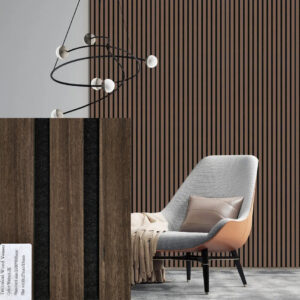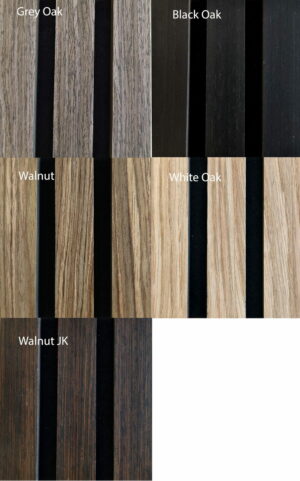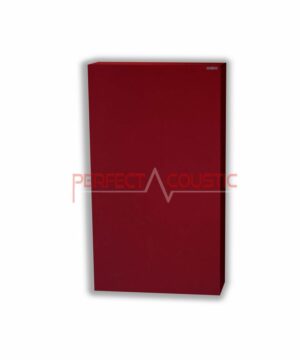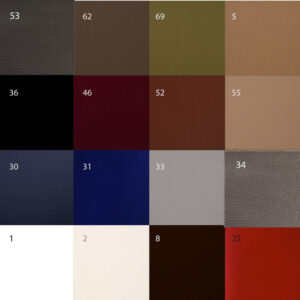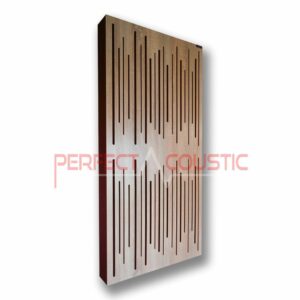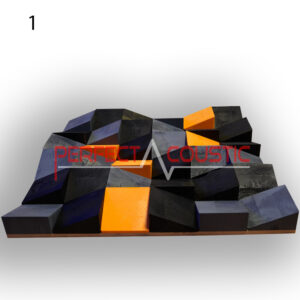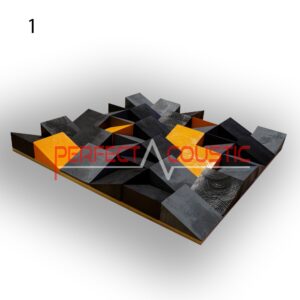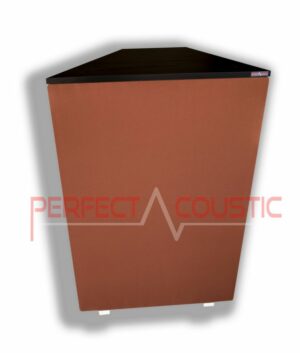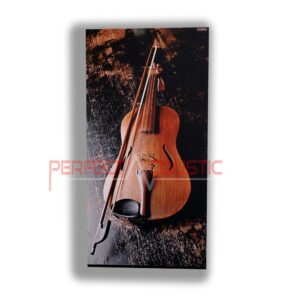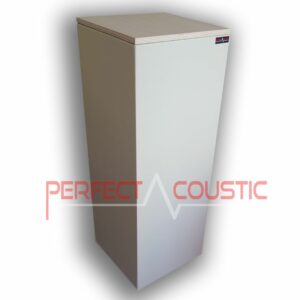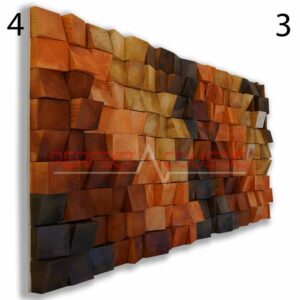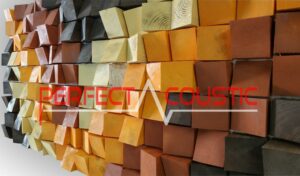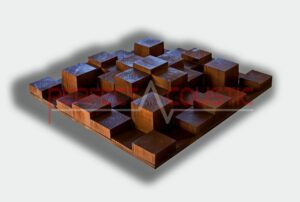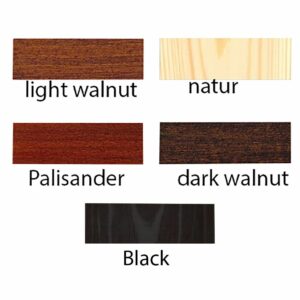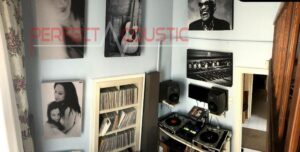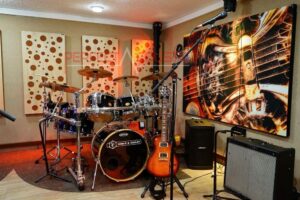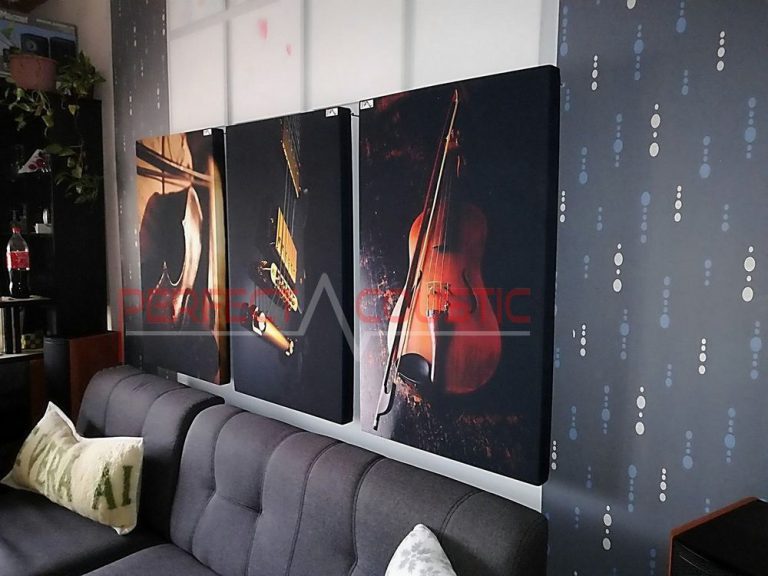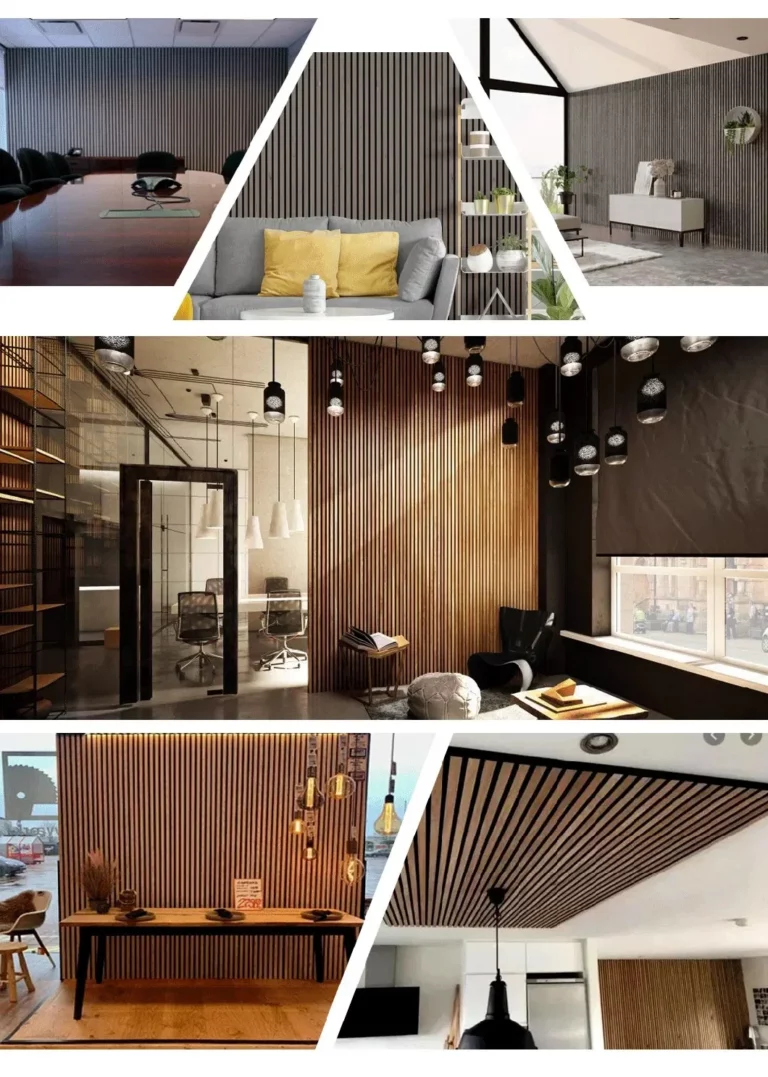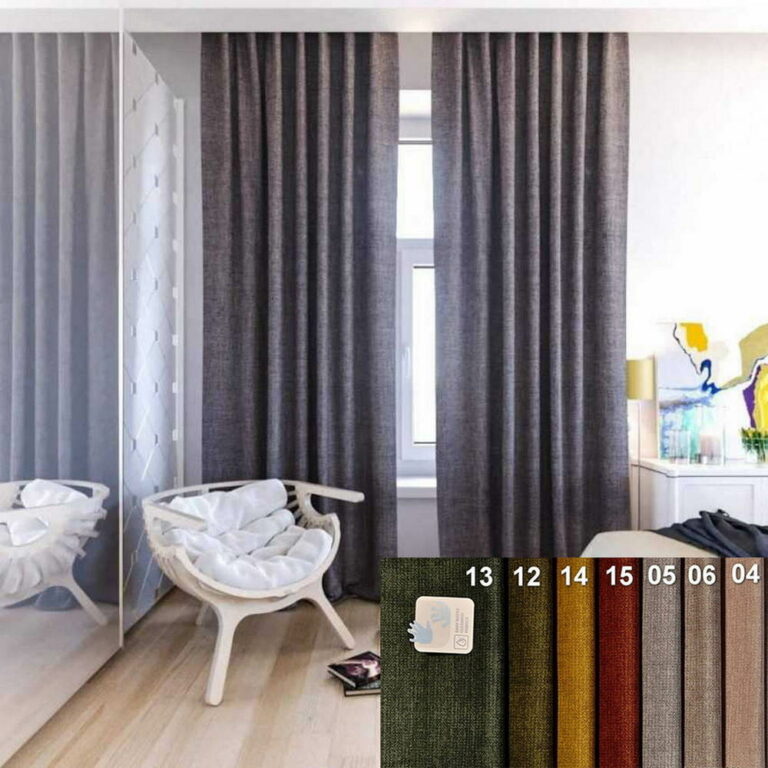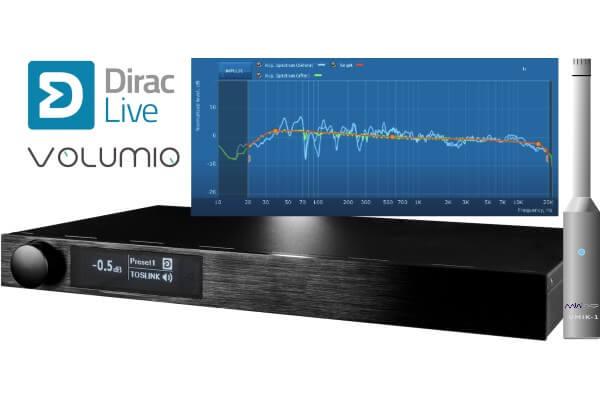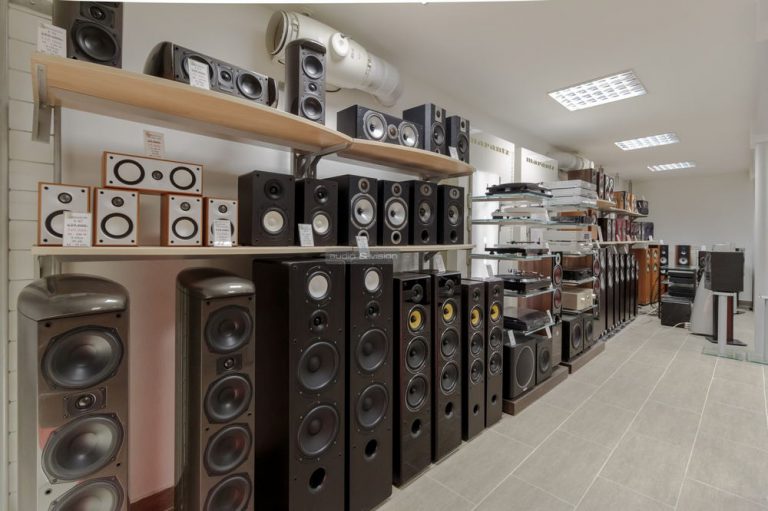Studio acoustics
Studio acoustics – the way of achieving perfect sound
What happens if the talent, the knowledge, the professional techniques are given,
but the music sounds good only in our own studio?
Acoustic design provides a solution in such cases. With the acoustic treatment of the room performed by a professional, only the sound emitted by the loudspeakers will be heard free from echoes and distortions, and not the acoustics of the room.
-
-
Bass sound dampening panels with wood membranes91 € – 268 € +Vat
-
Absorption panels with diffuser-Two in one62 € – 296 € +Vat
Frequently encountered issues:
Most of us starts listening to music by purchasing the perfect equipment.
This works for a while, but as we have more experience and expertise, we’ll spot more and more defects of the sound we hear. We notice that what we hear is not exactly what is in the recording. The sound is disturbed by echoes, the quality of the bass notes is worsened by standing waves that can hardly be prevented, moreover, the music sounds good only in our own studio.
Let’s test it.
Choose 3 or 4 CDs. Take them with you as reference discs and play them in rooms having different acoustic properties. You will experience that you hear different sound in a smaller room than in a spacious room. It is different again in an empty space and in a cluttered space.
The same disc sounds differently if there are many glass surfaces in the room where you play it, or if the walls are made from concrete or plasterboard – just to mention the most common examples.
What indicates that acoustic dampening may be necessary in your studio?
If you experience, while listening to your reference discs, that the bass or high frequencies sound louder or quieter than you heard them before in the studio. If you barely hear certain sounds and/or musical instruments, or they sound louder, acoustic dampening may be necessary.
Bad acoustics should not discourage us from listening to music.
In most of the cases the loudspeakers or the audio cards are blamed for the bad sound or the software is suspected as a potential source of errors. However, experienced professionals agree that perfect loudspeakers and loudspeaker systems do not exist.
Somebody who has just started making music can quickly learn, which loudspeaker brands are the most widespread, which ones are considered fine. Thus, if we take some of them for testing – and install them properly in our studio -, it is very likely that it is not up to the musical instruments if we cannot achieve the desired sounding despite of numerous attempts.
How can we improve the sound?
Now that we are aware that the room where we listen to music has a bigger impact on the sound than we thought earlier, we can start working on the solution.
You probably heard of those famous and experienced sound engineers who can detect the acoustic errors of any rooms within a very short period of time. After listening to those well-known tracks of their reference recordings, they immediately know what they need to focus on in a given studio, anywhere in the world, in order to produce the optimum quality sound.
-
Art diffusers 60x60x6cm129 € – 168 € +Vat
-
Corner bass trap with membrane-108x64x23cm135 € – 142 € +Vat
-
Wall art panels87 € – 183 € +Vat
The most important steps of acoustic dampening
Reducing side echoes: we shall mount bass absorbing systems on the walls right and left from the listening position.
Acoustic dampening on the ceiling and on the floor shall be performed primarily in rooms of large floor area or with small height, but it is also important in case of home theatre systems. The wall behind the monitors shall be treated as well, since bass notes will improve significantly by the acoustic treatment of this area.
Also dampening the rear wall or applying diffusers for a clear stereo image is important. We need to install bass traps at numerous locations for the clearer basses.
-
Giga bass panel with membrane94 € – 129 € +Vat
-
-
3D acoustic diffuser 70x70x10cm122 € – 139 € +Vat
This way you can continuously monitor how the sound quality is improved.
Therefore, contrary to D.I.Y. solutions, or instead of mounting improperly selected items purchased on the Internet or at some other web shops, which do not deal with acoustic measurements only sell acoustic panels, choose us and you will not be disappointed. Our clients get exactly what they heard on-site always.
G.H.

